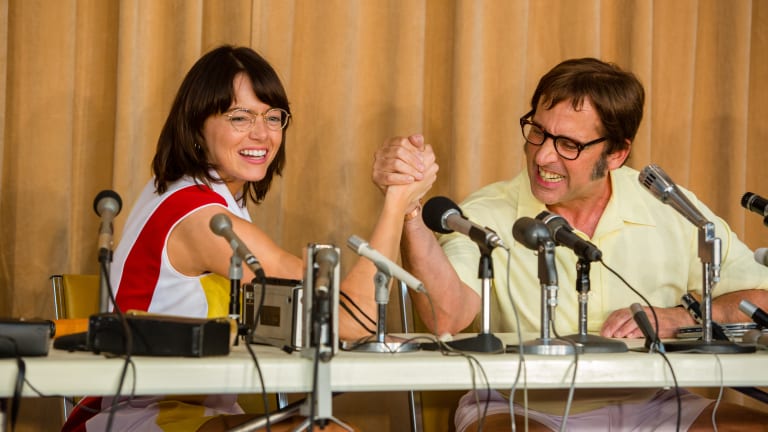On the eve of the season’s first Grand Slam, it’s time to consider an increasingly uncomfortable debate in tennis: Has the best-of-five format at Grand Slams run its course?
The debate engenders many of the hot-button issues challenging the sport’s very identity—like the state of gender equality, player health and where the next legion of fans will arise from.
Here are some arguments for and against the survival of the best-of-five format at Grand Slams:
1
It’s given the sport some of the greatest matches in history
Not that there haven’t been riveting, three-set classics, but there’s no denying the epic nature of a five-set crucible that unfolds like an opera. Would we hold the Wimbledon ’08 final between Federer and Nadal in such high-regard if it had been three-sets? Would the long-awaited Federer vs. Nadal revival at last year’s Australian Open final been as memorable in three sets? Not likely.

